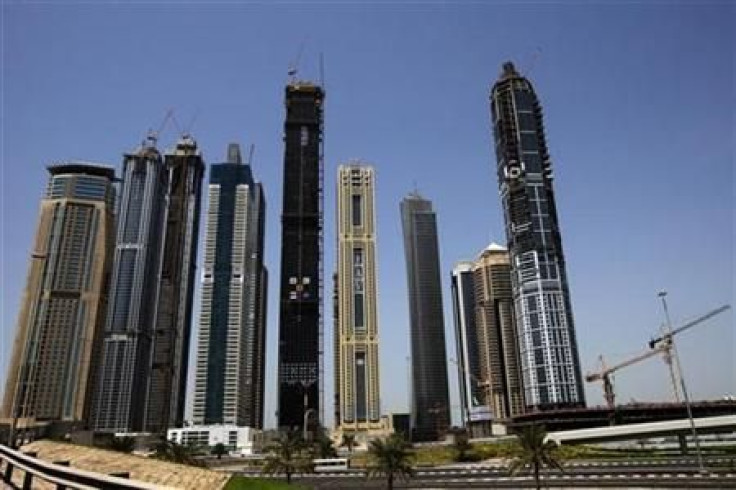Scientists Invent Self-Cleaning Concrete To Keep Buildings Looking New
A team of scientists was able to create self-cleaning building materials through a simple procedure. Aside from reducing the time needed for cleaning buildings, the new discovery can also help in the conservation of water and prevention of the spread of diseases in concrete structures.
The scientists came up with the innovative invention by mixing oil, an emulsifier and a hydrophobic silicon polymer known as polydmethylsiloxane (PDMS) to wet concrete. They discovered that due to the presence of the emulsifier, the oil enclosed PDMS into tiny droplets within the concrete mixture, according to Science Daily.
The scientists then dried and heated the concrete in order to remove the oil through evaporation. The process left behind PDMS-coated pores within the concrete. Due to the polymer’s repelling properties, the PDMS-laced concrete is able to prevent various substances from sticking to its surface.
“Self-cleaning concrete was achieved in one step through the combination of the liquid template pore formation and in situ bulk hydrophobic modification,” the scientists wrote in their study, which was published in American Chemical Society’s Applied Materials & Interfaces.
“The concrete exhibited superhydrophobicity with a high water contact angle of 166° both on the surface and inside of the sample, which qualified the sample with remarkable stain repellency and long-term stability,” the scientists added.
In various experiments, the scientists learned that the concrete was able to repel dust particles as well as different liquid substances such as beer, milk, dyed water, coffee and soy sauce. In addition, since the PDMS embedded within the concrete, it can still remain super-hydrophobic even after going through mechanical grinding, chemical exposure and heat treatment.
Aside from being able to effectively repel dust and substances, the self-cleaning concrete developed by the scientists is very lightweight compared to its traditional counterparts. According to the scientists, this is due to the material’s porous structure created by the PDMS mixture. Despite being porous, the scientists noted that the concrete is still mechanically strong.
For the scientists, their invention can help in reducing the time as well as other resources needed to clean buildings, especially large ones. Also, since the concrete prevents the build-up of dust and substances on its surface, it can reduce the risk of bacteria and diseases within a structure.

© Copyright IBTimes 2024. All rights reserved.











